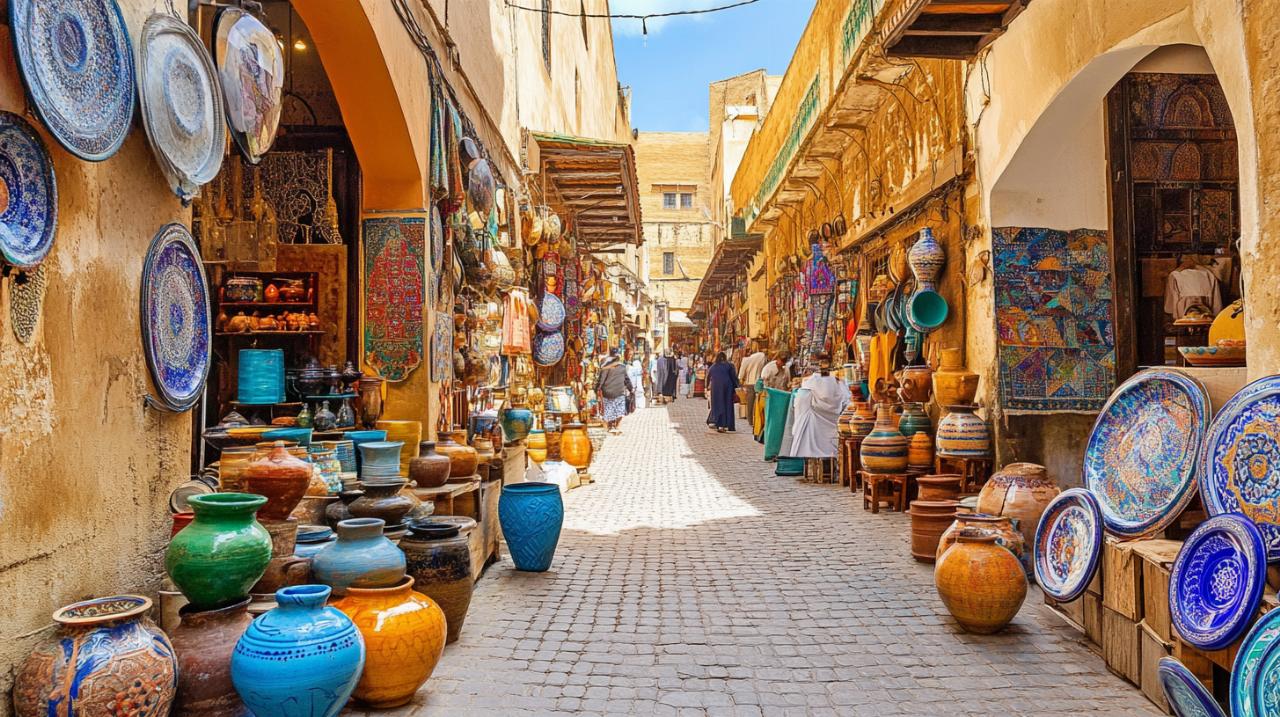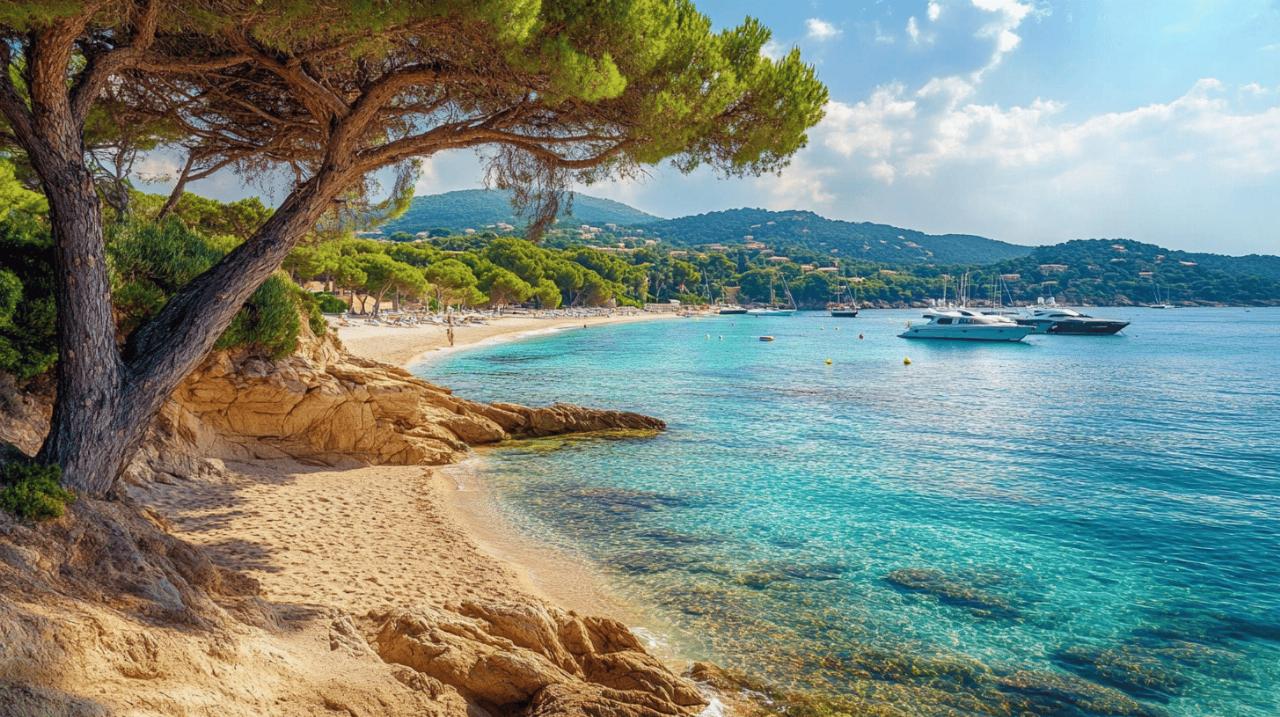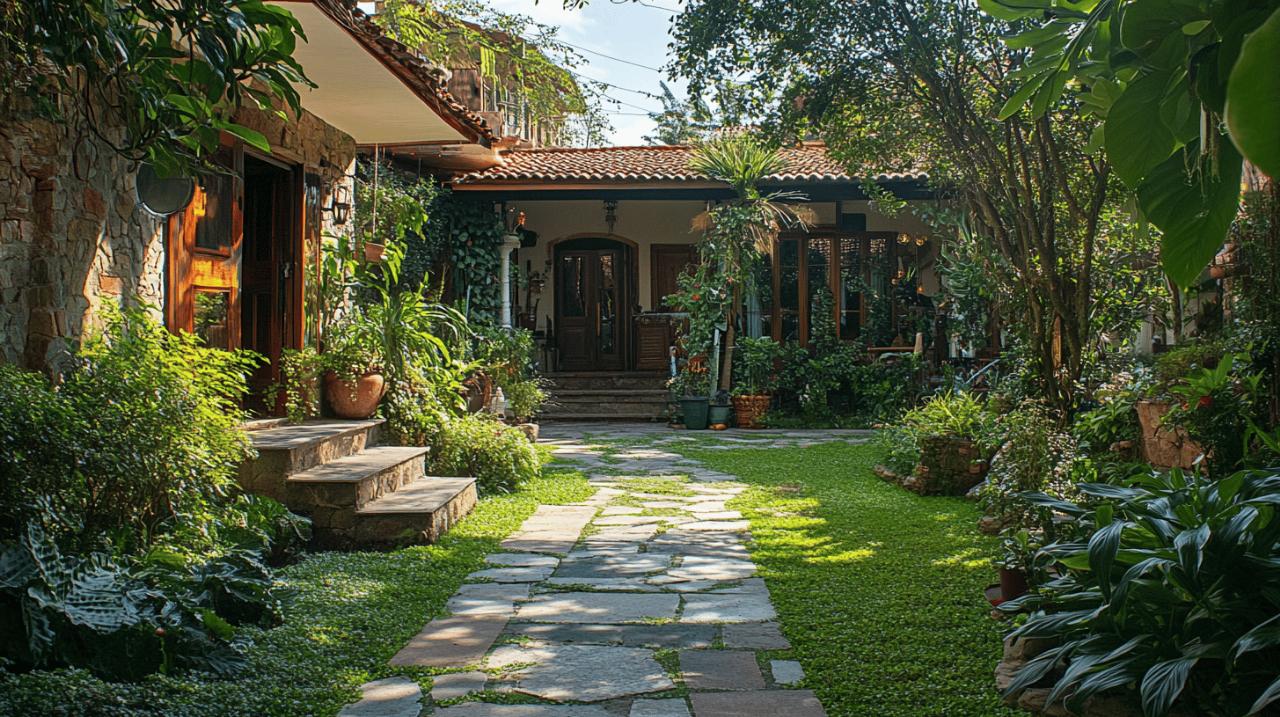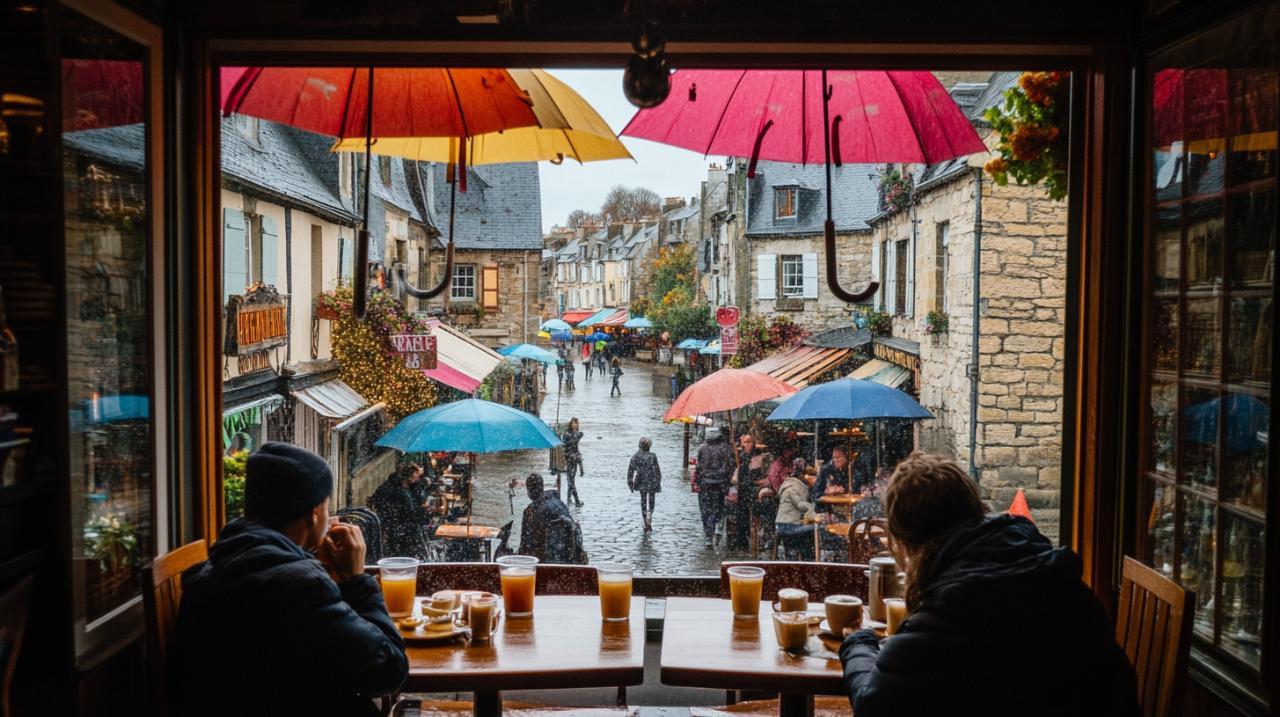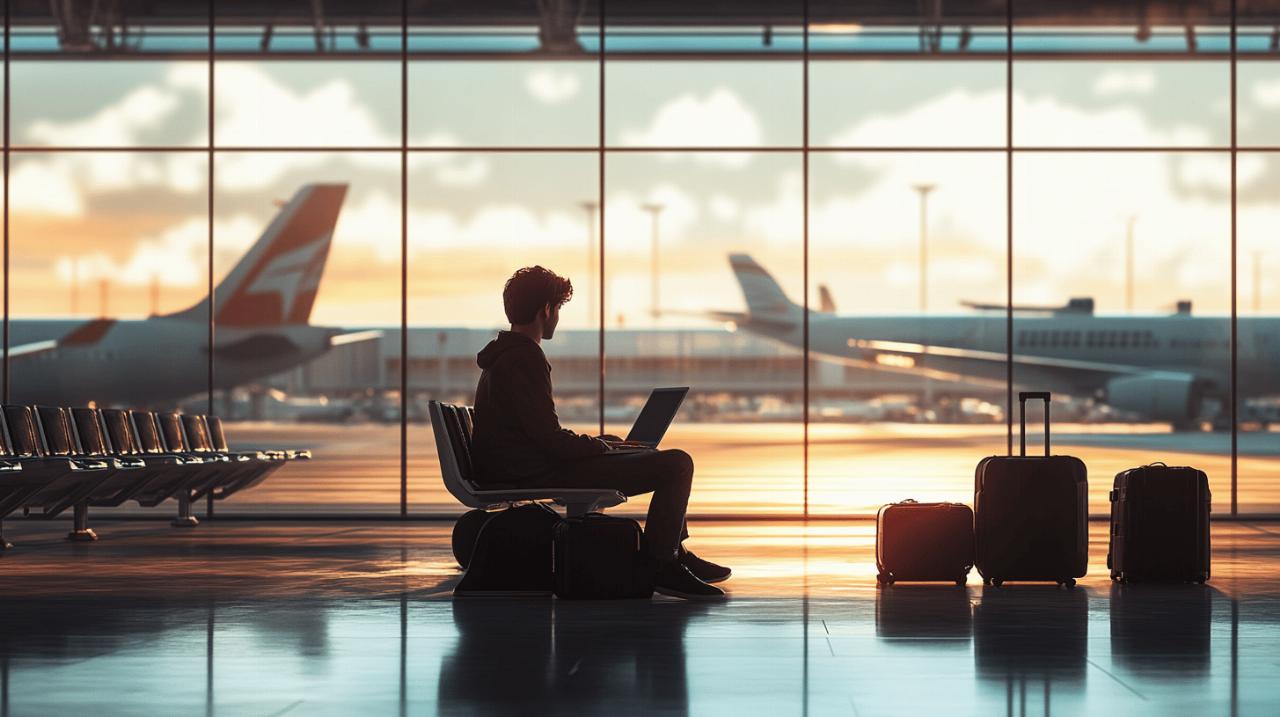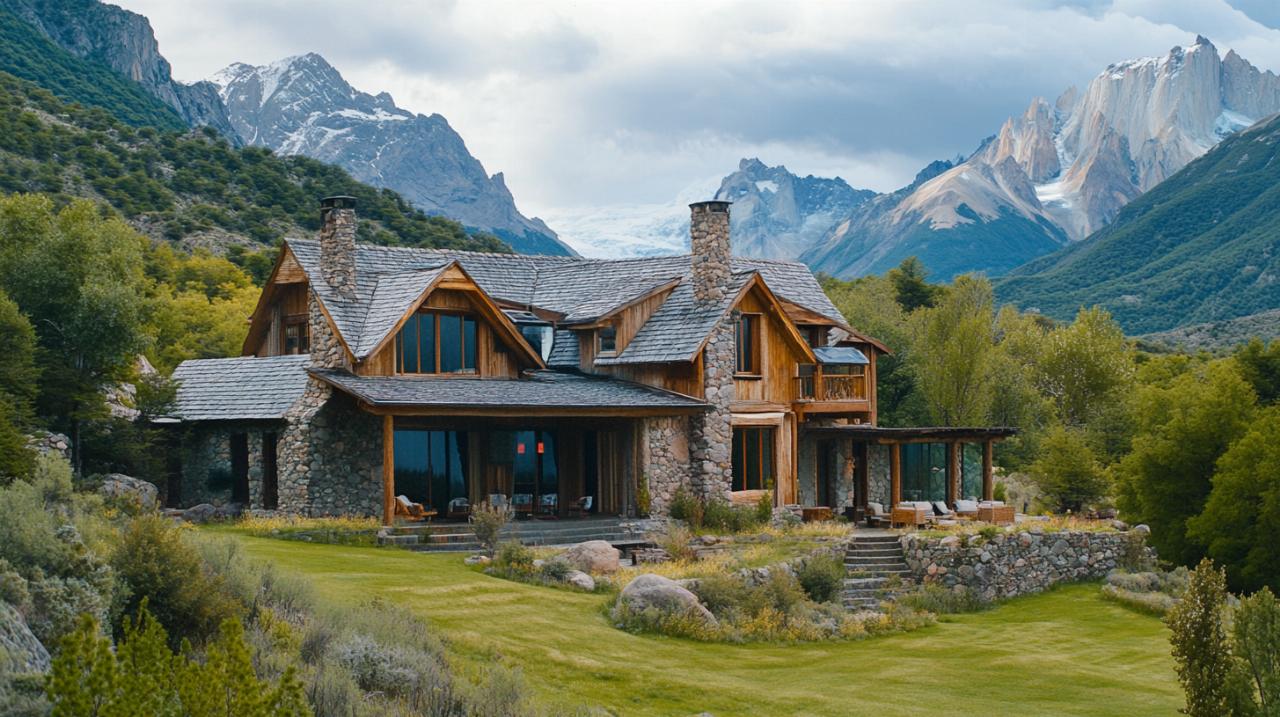Nestled in northern Morocco, Fes stands as the spiritual and cultural heart of the nation, a city where centuries of history unfold along winding alleyways and behind ornate doorways. Unlike many modern cities that have surrendered to contemporary architecture and lifestyles, Fes proudly maintains its medieval character, offering visitors an authentic glimpse into Morocco's rich heritage. With its UNESCO-protected medina, magnificent religious structures, and thriving traditional crafts, Fes invites travellers to step back in time whilst engaging all their senses.
The ancient medina of fes: a unesco treasure
The medina of Fes el-Bali represents the crown jewel of this ancient city. Dating back to the 9th century, this vast labyrinthine district holds the distinction of being the largest car-free urban area in the world. The medina earned its UNESCO World Heritage status in 1981, recognising its exceptional preservation as a medieval Arab-Muslim settlement. Wandering through its estimated 9,400 narrow streets and alleyways offers an immersive journey through Moroccan history, with each turn revealing architectural marvels, bustling marketplaces, and glimpses of daily life largely unchanged for centuries.
Navigating the Labyrinthine Streets of Fes el Bali
The medina presents both a challenge and a delight to visitors. Its seemingly endless maze of pathways defies modern navigation apps and even traditional maps struggle to capture its organic complexity. Many travellers find that getting deliberately lost is part of the authentic Fes experience. The Blue Gate (Bab Boujloud) serves as the most recognisable entrance to the medina, with its striking cobalt tilework welcoming visitors into the heart of old Fes. From here, the main thoroughfare of Talaa Kebira leads deeper into the medina, branching off into countless smaller passages where artisans work in their shops and locals go about their daily routines.
The Historical Significance of the World's Oldest Functioning Medina
Fes el-Bali stands as a living testament to the golden age of Moroccan civilisation. Founded by Idris II in the early 9th century, it quickly flourished into a centre of religious study, artistic innovation, and commercial exchange. Unlike many historical districts worldwide that have been repurposed primarily for tourism, the medina of Fes remains a vibrant residential area where approximately 70,000 Fassis continue to live and work. This authentic functionality distinguishes Fes from many other heritage sites, offering visitors a genuine cultural immersion rather than a sterile museum experience.
Magnificent mosques and islamic architecture
The religious significance of Fes becomes immediately apparent through its impressive collection of mosques, whose minarets punctuate the cityscape. These sacred structures showcase the remarkable evolution of Islamic architecture, with designs reflecting various dynasties that ruled Morocco throughout its history. From the outside, visitors can admire the intricate geometric patterns, masterful calligraphy, and elegant proportions that define these buildings, even if interior access remains limited to practitioners of the faith.
Kairaouine mosque: the spiritual heart of fes
The Al-Qarawiyyin Mosque (also spelled Kairaouine) stands as the most revered religious institution in Fes. Founded in 859 CE by Fatima al-Fihri, a wealthy merchant's daughter, the complex houses what UNESCO recognises as the oldest continuously operating university in the world. For centuries, this mosque served as a prominent centre of Islamic learning, attracting scholars from across North Africa and beyond. The mosque itself boasts an impressive courtyard that can accommodate 20,000 worshippers, showcasing beautiful examples of Moorish architecture with its horseshoe arches, ornate tilework, and carved cedar elements.
Visiting Protocols and Best Viewpoints for Non-Muslims
While non-Muslim visitors cannot enter most mosques in Morocco, including the Kairaouine, there are still meaningful ways to appreciate these magnificent structures. The rooftop terraces of nearby cafes and restaurants offer excellent vantage points for admiring the Kairaouine complex, particularly the Sekaya Café which provides a splendid view of its minaret and courtyard. The Medersa Attarine nearby offers another perspective. When near any religious site in Fes, respectful attire is essential – both men and women should cover shoulders and knees, with women also advised to bring a scarf to cover their hair when in close proximity to mosque entrances.
Educational heritage: the stunning medersas
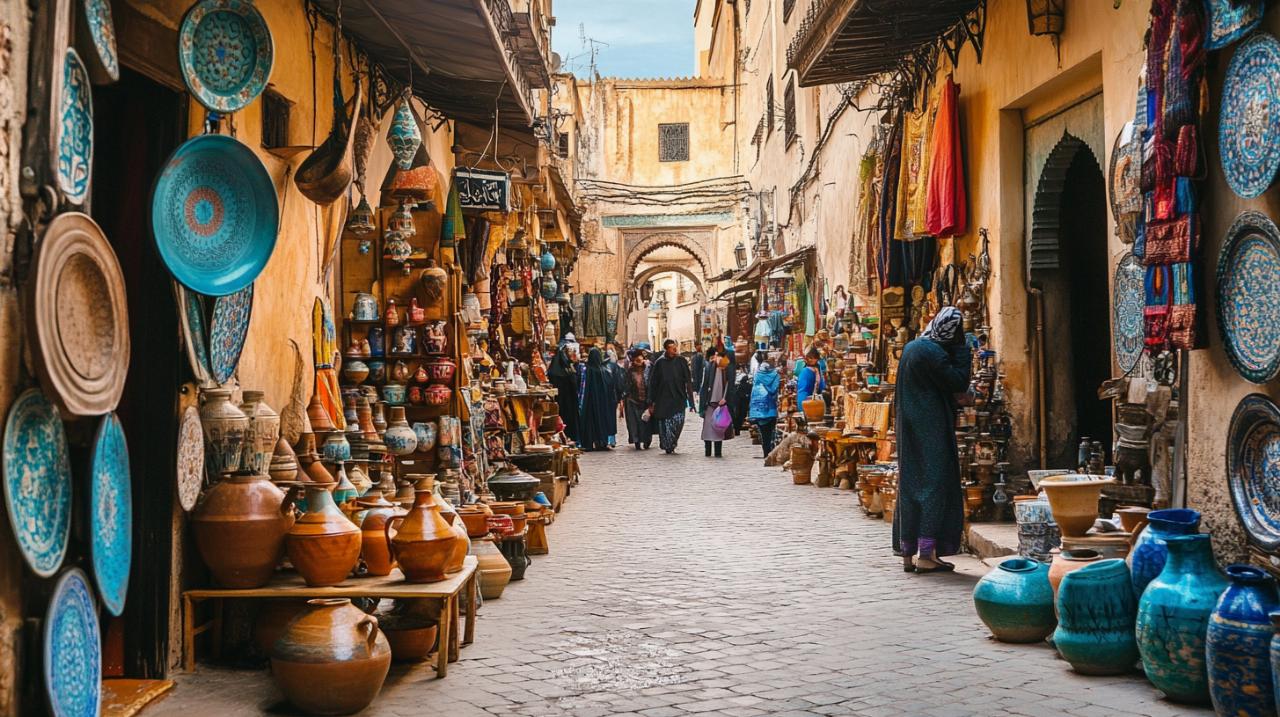 The medersas (Islamic schools) of Fes offer non-Muslim visitors a rare opportunity to enter religious buildings and appreciate the full glory of Moroccan Islamic architecture. These historic institutions once served as residential colleges for students studying at the Kairaouine University, combining educational facilities with dormitories arranged around central courtyards. Today, they stand as remarkable examples of Merinid dynasty architecture, showcasing the pinnacle of Moroccan craftsmanship in wood carving, stuccowork, and mosaic tilework.
The medersas (Islamic schools) of Fes offer non-Muslim visitors a rare opportunity to enter religious buildings and appreciate the full glory of Moroccan Islamic architecture. These historic institutions once served as residential colleges for students studying at the Kairaouine University, combining educational facilities with dormitories arranged around central courtyards. Today, they stand as remarkable examples of Merinid dynasty architecture, showcasing the pinnacle of Moroccan craftsmanship in wood carving, stuccowork, and mosaic tilework.
Al-attarine madrasa: marvelling at zellij tilework
Located near the spice and perfume market from which it takes its name (souk al-attarine), this 14th-century medersa represents a masterclass in Moroccan decorative arts. Visitors entering through its modest doorway are invariably stunned by the explosion of ornamental detail within. The central courtyard features a marble fountain surrounded by walls adorned with spectacular zellij (geometric mosaic tilework), intricate plasterwork, and carved cedar wood panels featuring Arabic calligraphy. The small student cells that surround the courtyard offer a glimpse into the austere living conditions of scholars who once studied here. Open daily from 8 AM to 6 PM, the 20 dirham entrance fee grants access to one of Fes' most photogenic locations.
Bou inania madrasa: a rare open religious site
The Bou Inania Madrasa stands out as one of the few religious buildings in Morocco that non-Muslims can fully enter. Commissioned by Sultan Bou Inan in the 1350s, this madrasa functioned not only as a college but also as a community mosque, evidenced by its ornate minaret rising above the rooftops of the medina. What distinguishes Bou Inania is the exceptional quality of its craftsmanship – from the green-tiled roof to the brass entrance doors and the exquisite interior courtyard with its carved wooden screens, marble floor, and onyx fountain. The madrasa also features a rare functioning water clock, Dar al-Magana, on its exterior wall. Visitors can explore this architectural gem between 9 AM and 5 PM for a 20 dirham fee.
Beyond the Sacred: Cultural Immersion in Fes
While religious monuments form the spiritual backbone of Fes, the city offers countless other avenues for cultural engagement. The medina buzzes with commercial and artisanal activities that have sustained local communities for generations. From the vibrant souks selling everything from spices to handcrafted copper lamps, to the workshops where master craftspeople pass down ancestral techniques, Fes provides visitors with an authentic window into traditional Moroccan culture beyond its sacred spaces.
Traditional Craftsmanship in the Artisan Quarters
Fes has earned its reputation as Morocco's artisanal capital through the exceptional quality and variety of its handcrafts. The medina divides into distinct quarters dedicated to specific crafts – the coppersmiths of Place Seffarine create musical instruments and cookware using techniques unchanged for centuries, their rhythmic hammering providing a distinctive soundtrack to this corner of the medina. Nearby, the woodcarvers transform cedar into intricate furniture pieces, while the zellige makers painstakingly chip coloured tiles into geometric shapes for mosaic creation. The Nejjarine Museum of Wooden Arts & Crafts, housed in a beautifully restored fondouk (merchant inn), displays magnificent examples of Moroccan woodwork across three floors, culminating in a rooftop café with panoramic views of the medina.
The chouara tannery: an ancient trade still thriving
No visit to Fes would be complete without witnessing the famous tanneries, with Chouara being the largest and most accessible. Dating from the 11th century, this open-air leather workshop continues to process hides using methods virtually unchanged since medieval times. Visitors access the tanneries through leather shops whose terraces offer the best views of the iconic stone pits filled with colourful dyes. The tanning process remains entirely natural – limestone for hair removal, pigeon droppings for softening, and natural dyes from poppies, indigo, saffron, and mint to create the vibrant colours. The distinctive aroma prompted by these traditional methods explains why shops offer visitors sprigs of mint to hold near their noses during observation. The resulting leather goods – from poufs and bags to slippers and jackets – represent some of Morocco's finest handicrafts.

